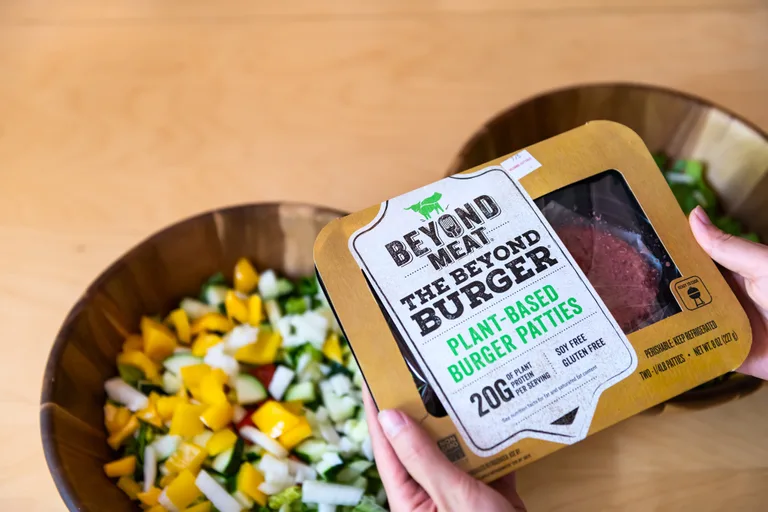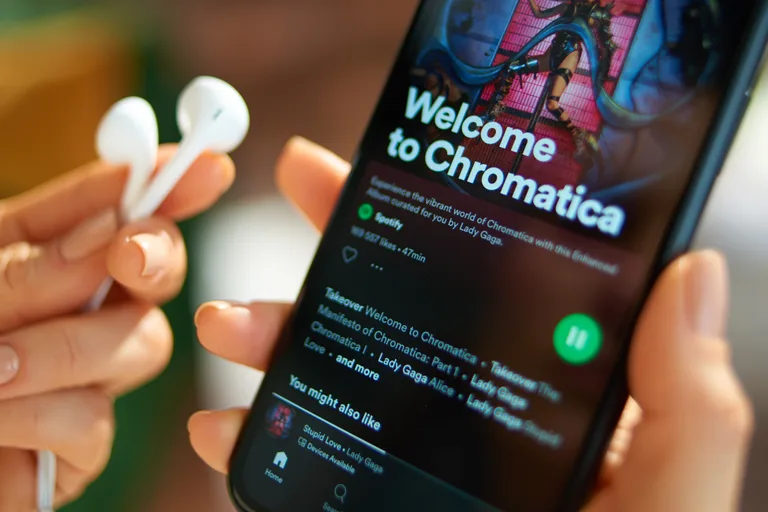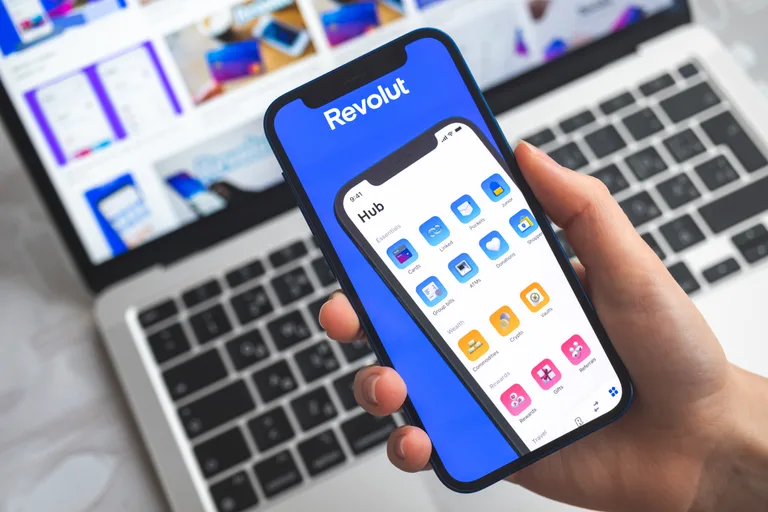What Is New Product Development?
New product development is the process of turning an idea into a market-ready product through research, design, testing, and launch. Below, we highlight four iconic brands that did exactly that.
Beyond Meat: developing the first meat-less burger

Beyond Meat redefined the vegan food market by developing plant-based proteins that mimic the taste and texture of meat. Founded in 2009, the company used food extrusion technology and constant R&D to create products that appeal to meat eaters and vegetarians alike.
- Environmental impact: Beyond Meat’s burgers require 93% less land, 99% less water, and 90% fewer greenhouse emissions than traditional beef. For example, their Chicken-Free Strips are made from “soy powder, gluten-free flour, carrot fiber and other ingredients.”
- Market adoption: Partnering with chains like Burger King and Dunkin’ helped alternative proteins go mainstream.
- Key insight: True innovation succeeds when it reaches beyond niche audiences. Remarkably, 93% of Beyond Meat customers are meat eaters.
Lesson: New product development isn’t just about inventions. It’s about designing products that align with shifting cultural and environmental priorities.
Airbnb: making you feel at home everywhere you go

Airbnb transformed hospitality by turning homes into hotels. The founders—Brian Chesky, Nathan Blecharczyk, and Joe Gebbia—spotted an opportunity to offer affordable stays for conference-goers, then scaled the idea into a global phenomenon.
- Customer experience first: Airbnb’s product isn’t just the app, it’s the guest experience. Employees storyboard customer journeys to ensure every touchpoint feels seamless.
- Global scale: Today, Airbnb supports 5.5M+ hosts and 7M+ listings worldwide.
- Key insight: By making customer experience the “product,” Airbnb disrupted a centuries-old hotel industry.
Lesson: Instead of creating new offerings, successful new product development often involves rethinking an industry’s assumptions.
Spotify: turning music into a social experience

Spotify revolutionized music by merging streaming technology with data-driven personalization. Its algorithms learn user habits and deliver curated playlists, changing how people consume music.
- Personalization: Spotify Wrapped lets users share annual listening data, turning music into a viral social experience.
- Community: Features like Friend Activity and collaborative playlists replicate the joy of swapping CDs or vinyl, but digitally.
- Brand collaborations: Creative campaigns, like Stranger Things playlists with Netflix, deepen cultural relevance.
- Key insight: By embedding social connection into its product, Spotify transformed music into a shared, ongoing conversation.
Lesson: Great product development goes beyond solving everyday problems into creating new behaviors.
Revolut: making banking super easy

Revolut, one of the first major neobanks, has been shaking up finance since 2015. Its mobile-first platform makes everyday banking simple, global, and digital.
- User-centric features: Instant transaction alerts, one-tap card freezing, and easy international transfers.
- Tech-forward edge: AI-driven insights, crypto trading, and budgeting tools appeal to early adopters.
- Growth: As of 2025, Revolut has over 30 million users worldwide.
- Key insight: By focusing on convenience and accessibility, Revolut lowered barriers that traditional banks kept high.
Lesson: In highly regulated industries, new product development thrives when you remove friction and meet rising digital expectations.
A Real-World Success Story of New Product Development: Hershey’s
The Hershey Company needed to identify which new product innovations could grow penetration and drive incremental volume, rather than just cannibalizing existing sales.
Using Upsiide’s Market Simulator, Hershey’s tested innovations against both its own portfolio and competitors’. This allowed the team to see where new products would source volume from, understand consumer motivations, and spot whitespace opportunities.
With Dig Insights as a partner, Hershey’s now has a data-driven approach to innovation. The company can validate which concepts are most likely to expand its market share and uncover new opportunities for portfolio growth.
“Dig is a go-to insights partner for us. We have a core team who knows our business and reliably delivers actionable reports. They provide quick responses to our questions and help us put the data in the right context for our business needs. They never hesitate to jump in and pull together additional slides for a fast approaching meeting.
I know when I work with Dig the project will be done well and on time – they communicate every step of the way and are transparent if any challenges arise. I truly see them as an extension of our insights team.”
Michelle Schmiesing
Senior Manager, Consumer Insights, The Hershey Company
FAQs About New Product Development
What are the 7 stages of new product development?
The stages include idea generation, screening, concept development, market strategy, business analysis, product development, and commercialization.
Why do most new products fail?
Common reasons include lack of market need, poor product-market fit, weak distribution, or insufficient testing before launch.
What is an example of a successful new product launch?
Beyond Meat’s plant-based burger is a prime example, reaching mainstream consumers through partnerships with global restaurant chains.
How can companies reduce new product development risks?
By testing ideas early with real consumers, validating demand, and adapting quickly to feedback.
Final Takeaway
These new product development examples show that innovation succeeds when it’s customer-centric, scalable, and tested with real data.